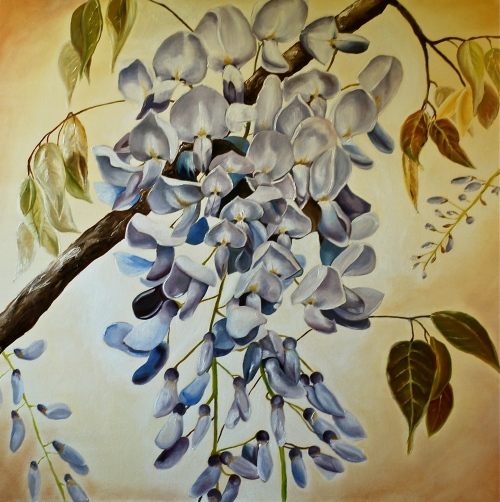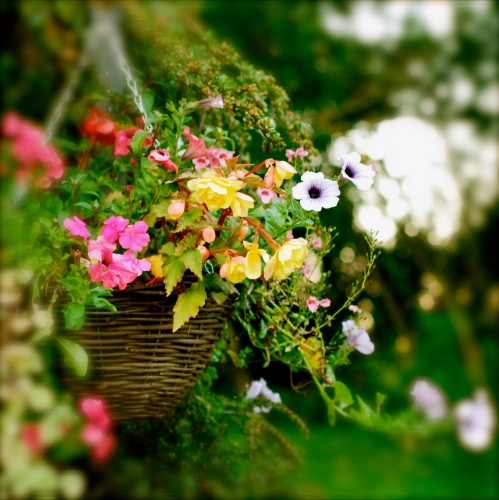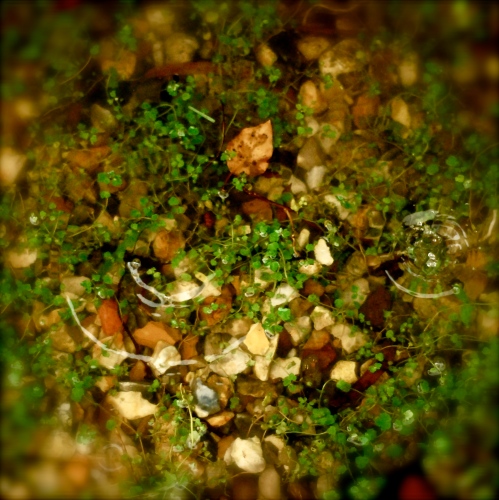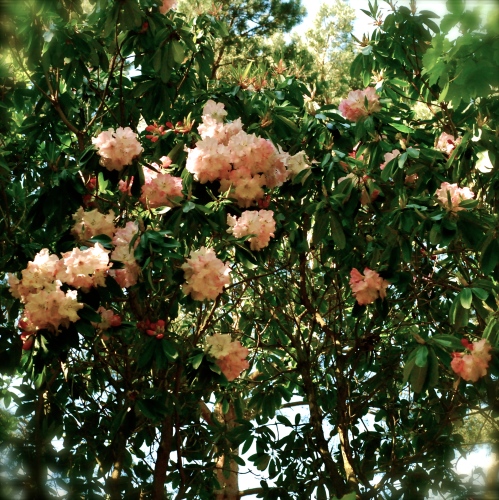Hello there bloggers, I’ve missed you. So, here’s a bit of news for you artistic types who may or may not appreciate this little success story of mine: I have finally been accepted onto the Art History MA that I have spent the last twelve months working towards. Happy days! It appears that all those posts waffling on about paintings may actually come in useful. Perhaps… Anyway, now that the mood is light and the time is right, I shall proceed by introducing to you the painterly stylings of none other than Mrs Judy Cassab, whose study Hugh Todd Naylor Gaitskell (1957) – who henceforth will be referred to as ‘Hugh’ or ‘Hughie’ for the sake of my sanity – will be the subject of this evening’s scrutiny. As usual, I will commence with a brief bio of said artist before diving head-first (or more likely bellyflopping) into discussion of the painting itself.
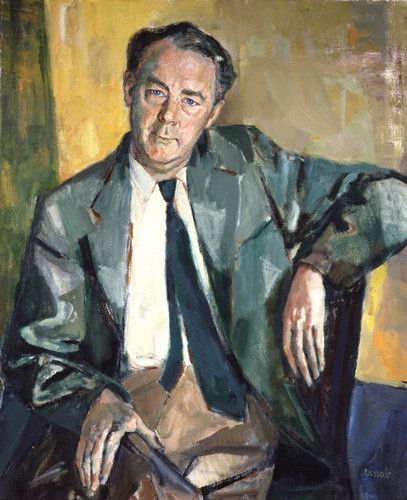
Hugh Todd Naylor Gaitskell (1957), Judy Cassab, oil on canvas, 914 mm x 756 mm, courtesy of npg.org.uk
Judy Cassab, born Judit Kaszab, was received into 1920’s Vienna to Hungarian parents. Now upon reading this, I was consequently certain that there had been a vital error in Wikipedia‘s information, as Cassab had been labelled as an Australian artist. How hilarious, I thought, that they have confused Austria with Australia. Bless their little encyclopedic socks. However, after further research (the National Portrait Gallery website) into this apparent geographical misdemeanour, I have in fact discovered that I had been a tad hasty in my mockery of our favourite online information station, and for that I must apologise. It seems that Judy emigrated to Australia in 1951, after studying painting in Hungary, to make a name for herself as a portraitist. During her stint Down-Under she held over fifty solo exhibitions, debuting at the Macquarie Galleries, Sydney in 1953, and was recipient of several awards, including the prestigious Archibald prize (she won that twice, as you do).
In 1957 Judy was to paint the portrait that eventually made its way to London’s National Portrait Gallery in 1972 and, probably her greatest achievement to date, onto my little blog here another 30 years later ;-). The sitter, Hughie, was a British Labour politician, whose role within his party ranged from Chancellor of the Exchequer to Leader of the Opposition (1955 until his death in 1963). It is apparent that he was a popular political protagonist, even regarded by some as “the best Prime Minister we never had”. His untimely death put paid to his ever becoming Prime Minister though, as I mentioned earlier he never saw past the year 1963 due to the tragically abrupt onset of autoimmune disease, Lupus erythematosus, Awful stuff.
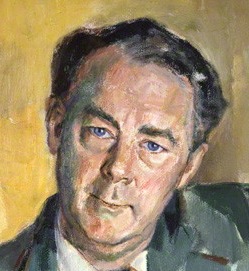
Close up of Hugh Todd Naylor Gaitskell (1957), Judy Cassab, oil on canvas, 914 mm x 756 mm, courtesy of npg.org.uk
What strikes me most about the painting, as with most examples of portraiture come to mention it, is that heartening semblance of sincerity conveyed through the eyes of the sitter. This, in my opinion and I am sure that this is the general consensus, is a mark of a truly great portrait. To display such an obvious degree of warmth and approachability in the countenance of a political figure is naturally considered to be against the norm. In addition, the casual stance and playful tilting of the head, like that of an inquisitive puppy, team up to enforce this idea of honest charm.
Moving on from the head to the shoulders, knees and toes (minus the toes), and in particular to Hugh’s relaxed downward pointing left hand contrasted with the firmness of his right, we can see a body abundant in symbolism. Taking a closer look at the aforementioned hands, we can read a man with two sides to his personality: a relaxed and casual left accompanied by a steadfast and controlled right. Furthermore, the composition of the hands, with the left being higher than the right (left hand denoting left-wing), could indicate Hugh’s political standpoint as he was viewed to be on the liberal end of Labour. His cross-legged seating arrangement is indicative of a preference for privacy; a closed-off awkwardness in being under the careful scrutiny of the portrait artist. More discomfort is present in the aslant positioning of the body, no doubt due to the unorthodox way the subject is seated on the chair, and again in the tie laying catawampus across the abdomen.
If we next turn our attention to the background of the piece, we can see that Cassab’s choice of yellow could again be interpreted as a nod to Liberalism. Likewise yellow, the shade of positivity and springtime, has a darker side to it: bearing both the burdens of illness (think jaundice, and decay) and yellow-bellied cowardice. In the case of Hugh Gaitskell, however, I believe the former to be true as opposed to the latter, mainly due to his popularity within the political realm. The other prominent colour featured is green, which in my mind equals prosperity when talking affairs of the state, and thus nods to Hugh’s time as Chancellor of the Exchequer. It is interesting to note, on the subject of colour symbolism and its reference to political preference, that there is no direct nod to the Labour party, ie. there is no real visible use of red in the painting. Strange.
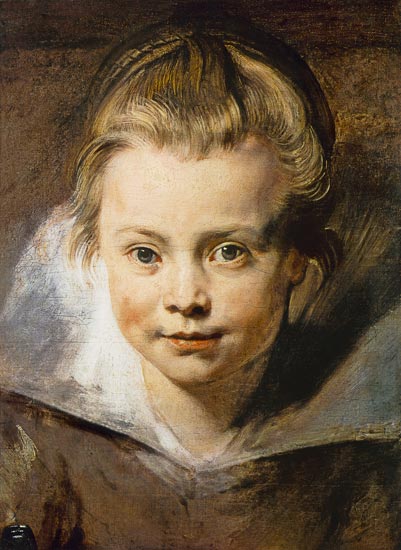
Clara Serena Rubens (1618), Peter Paul Rubens, oil on canvas, 370mm x 270mm, courtesy of wikipaintings.org
In summary I think it is fair to say that Cassab’s understanding of colour is enviable. All she needs is the mere hint of a brushstroke in a particular shade and she has constructed a perfectly formed hand. It’s sickening. Each piece is alive with colour and movement, with every stroke placed only under the utmost care and consideration. For some reason Cassab’s style reminds me of a piece by 16th century Flemish artist, Peter Paul Rubens. The one I am talking about is what I would class as his most well known portrait, and it is the study of his then five-year-old daughter, Clara Serena, pictured above. Perhaps it is the similar expression on their faces; the twitch of a smile playing about their lips and the genuine innocence in their eyes, together adding to the whole child-like demeanour present in both subjects. Or, more than likely, it is the same attentive manner in which the sitters have been painted. As far as my own work is concerned, I hope to embrace this dynamic way of painting and to place more importance in the composition of the face and body, as this is very revealing when it comes to audience interpretation.
Thanks for listening.
